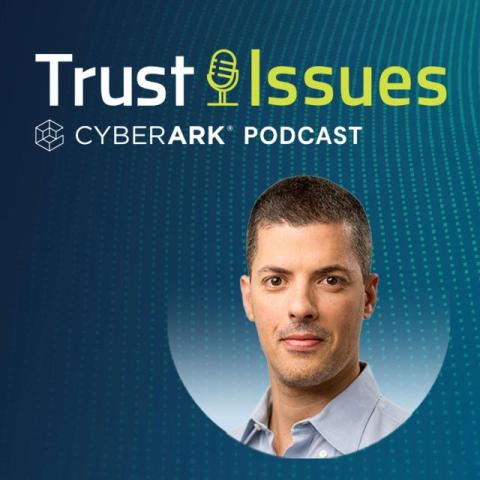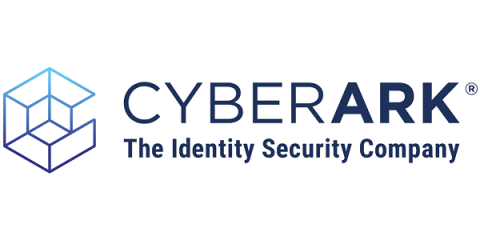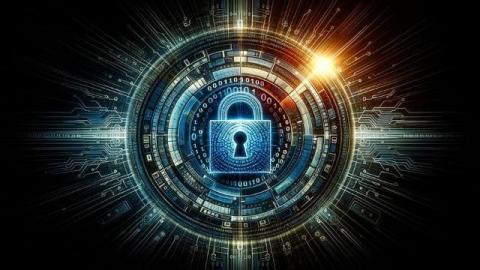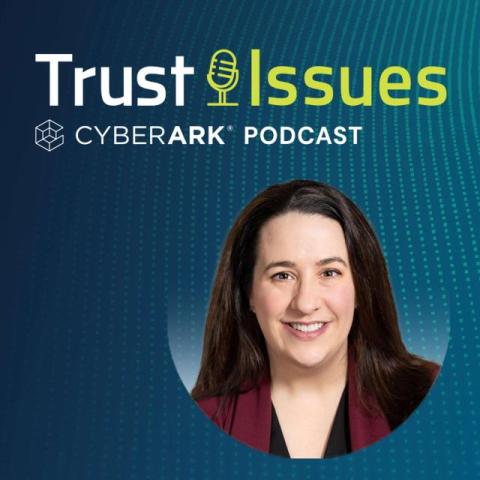Mission Possible: Securing Developer Access, CI/CD and Code (With Love)
Okay, so you’re a security leader at your enterprise – congratulations! It’s a big, challenging role, as you know too well. You or a colleague are likely responsible for securing the cloud and legacy apps that drive critical revenue and customer engagement for your organization. But it’s not just the apps you need to secure.









